February is a special time of year and the perfect time to spread love. But, we’re not talking about candy hearts and mushy poems for the favorite people in your life—we are talking about your beloved pet. The best way to show your pet how much you love them is to care for their health and wellbeing. February is National Pet Dental Health Month and the perfect time for us to spread awareness about this often-neglected component of pet health.
As a pet owner, you know that taking care of your pet’s dental health is important, but you may be confused about what exactly that involves, so our Palisades Veterinary Hospital team is here to explain what your pet’s quality dental care entails, including when, and how often, they need their teeth professionally cleaned. We take a look at what’s included in your pet’s dental cleaning, why anesthesia is necessary, and how often cleanings are necessary.
Why does my pet need regular dental cleanings?
Before we jump into what a pet dental cleaning looks like, let’s dig our teeth into the why. Why does your pet need dental cleanings? Don’t chew toys keep your pet’s teeth clean? While appropriate dental chews are a great supplement to your pet’s dental care routine, they cannot take the place of a professional dental cleaning.
Pets, like people, develop plaque on their teeth from food particles and bacteria. Plaque quickly hardens into tartar, which spreads to the gums and causes inflammation (i.e., gingivitis). The bacteria spread deeper around the teeth and damage the tooth’s supporting structures, resulting in pain, infection, inflammation, and ultimately bone and tooth loss. In severe cases, bacteria enter the bloodstream, and can permanently damage the kidneys, liver, and heart muscle. Pets need professional cleanings, because the tartar is nearly impossible to remove through brushing alone. Also, dental X-rays are a necessary component of the cleaning, since nearly 60% of dental problems exist under the gum line and can be seen only on X-rays.
How often does my pet need a dental cleaning?
Most pets need an annual dental checkup and cleaning beginning between 2 and 3 years of age, when the majority of pets develop dental disease. However, some pets are prone to dental problems and will require more frequent visits starting at a younger age. Your veterinarian can help you decide the appropriate age and frequency of your pet’s cleanings, based on:
- Your pet’s age — As your pet ages, their disease risk also increases, partly because of the extra wear and tear on their teeth.
- Your pet’s size — Small pets generally need more frequent dental cleanings than larger pets, because their teeth are large, relative to their mouth, and their mouth is overcrowded. Additionally, smaller pets are known for keeping their baby teeth, but not losing their adult teeth, which adds to the crowding.
- Your pet’s breed — Brachycephalic (i.e., flat-faced) breeds, such as pug dogs, bulldogs, and Persian cats), are a dental health challenge because of their characteristic underbite and crowded teeth, and must have more frequent dental cleanings.
- Your pet’s current dental care routine — Pets who receive dental care at home usually require less frequent dental cleanings, but all pets need their teeth examined and cleaned at least annually, regardless of their at-home routine.
- Your pet’s chewing habits — Pets who chew aggressively or chew hard toys often suffer enamel damage, and their teeth can crack or fracture.
- Your pet’s health history — Your pet’s health history can influence their dental care needs. For example, cats with feline immunodeficiency virus (FIV), feline leukemia virus (FeLV), or feline calicivirus (FCV) can be predisposed to dental disease and stomatitis, and dogs who survived a distemper infection often have weakened tooth enamel, which can lead to dental problems down the road.
What happens during my pet’s dental cleaning?
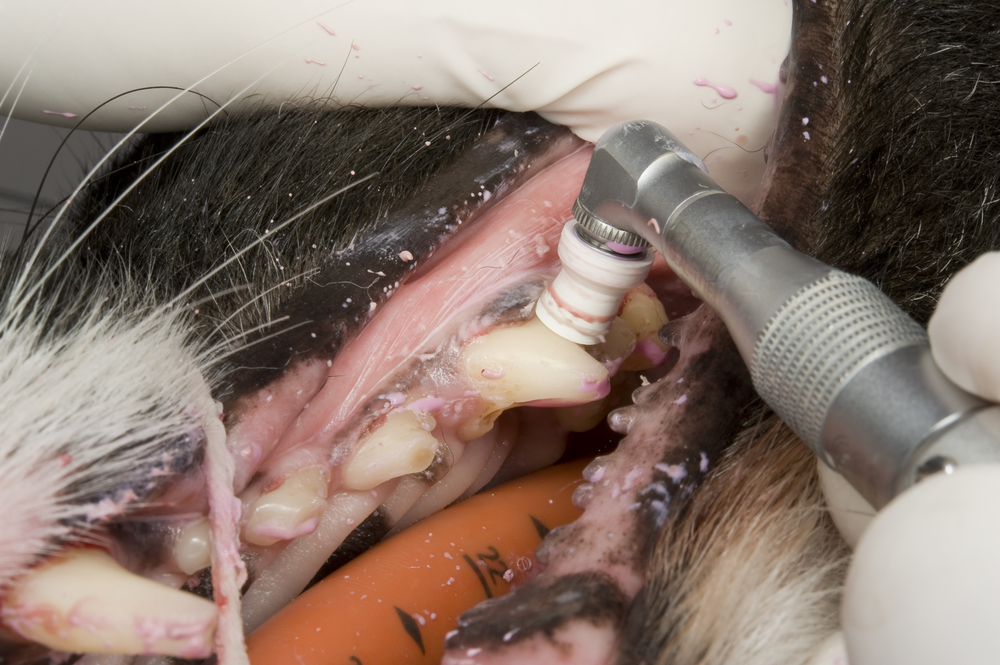
You likely are familiar with your dentist’s cleaning routine, but less clear about what a veterinarian’s pet dental cleaning entails. Pet owners are most commonly concerned about general anesthesia, but a pet absolutely must be anesthetized to ensure the procedure is safe, comfortable, and comprehensive. A professional dental cleaning includes:
- Examination — Checking your pet’s mouth for obvious disease signs
- X-rays — Looking for problems in the 60% of teeth and tissues below the gum line
- Scaling — Removing tartar with specialized instruments, such as an ultrasonic cleaner
- Polishing — Smoothing microscopic etches left after scaling to help prevent bacteria from adhering to the teeth
- Sealing — Using fluoride or another sealant to prevent bacteria as much as possible
- Surgery — Extracting teeth with abscesses or damaged roots, if necessary
Dental disease is a serious condition, but daily brushing and regular professional dental cleanings can almost completely eliminate your pet’s risk. Contact our Palisades Veterinary Hospital team to schedule a professional dental cleaning, and take a bite of your pet’s dental disease risk.

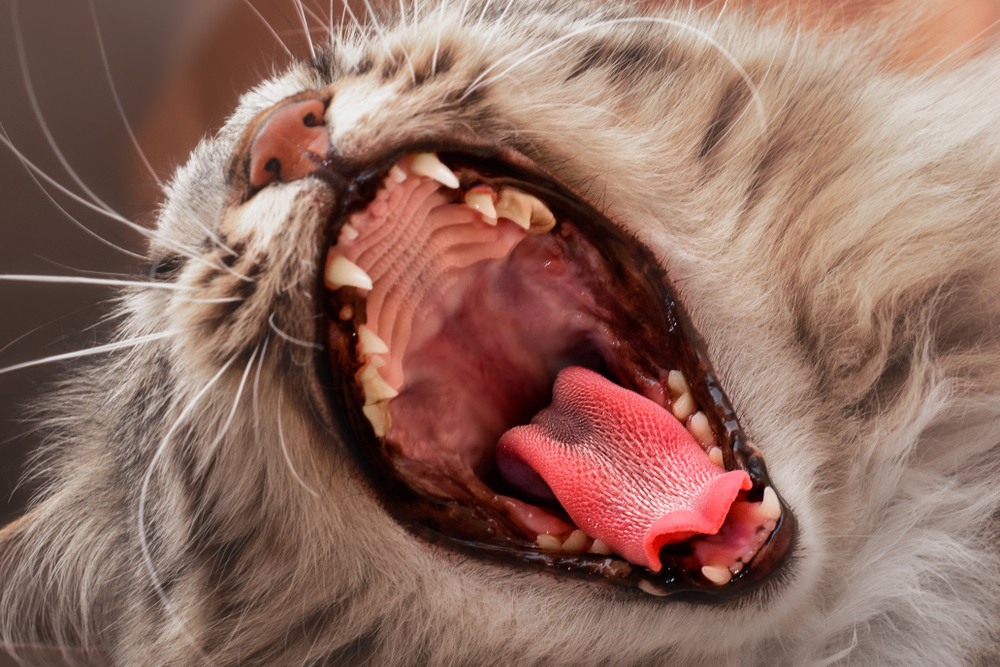
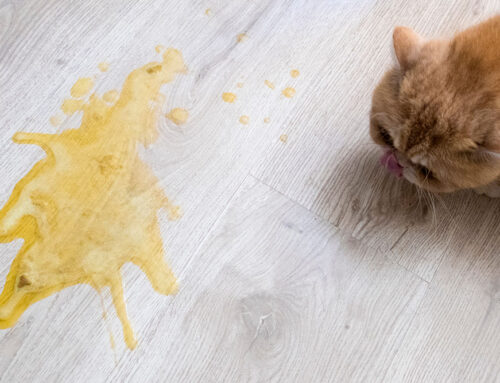
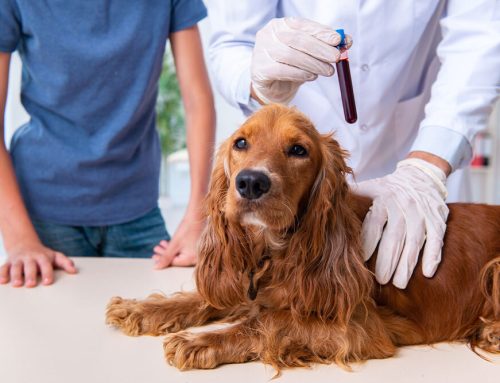
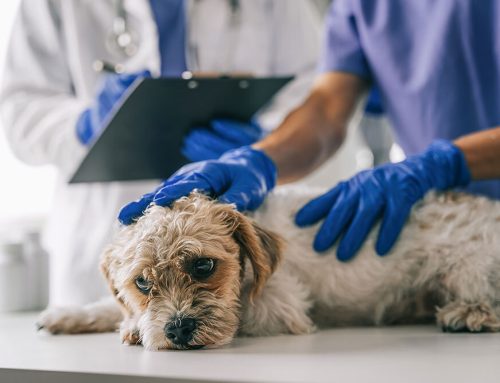
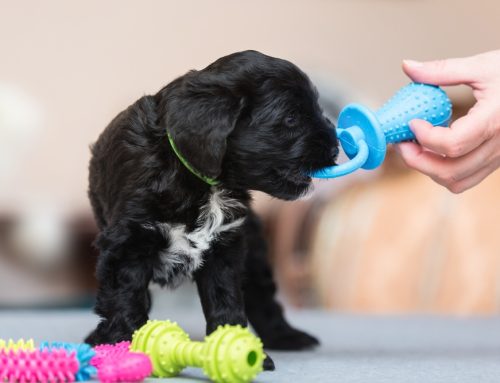


Leave A Comment